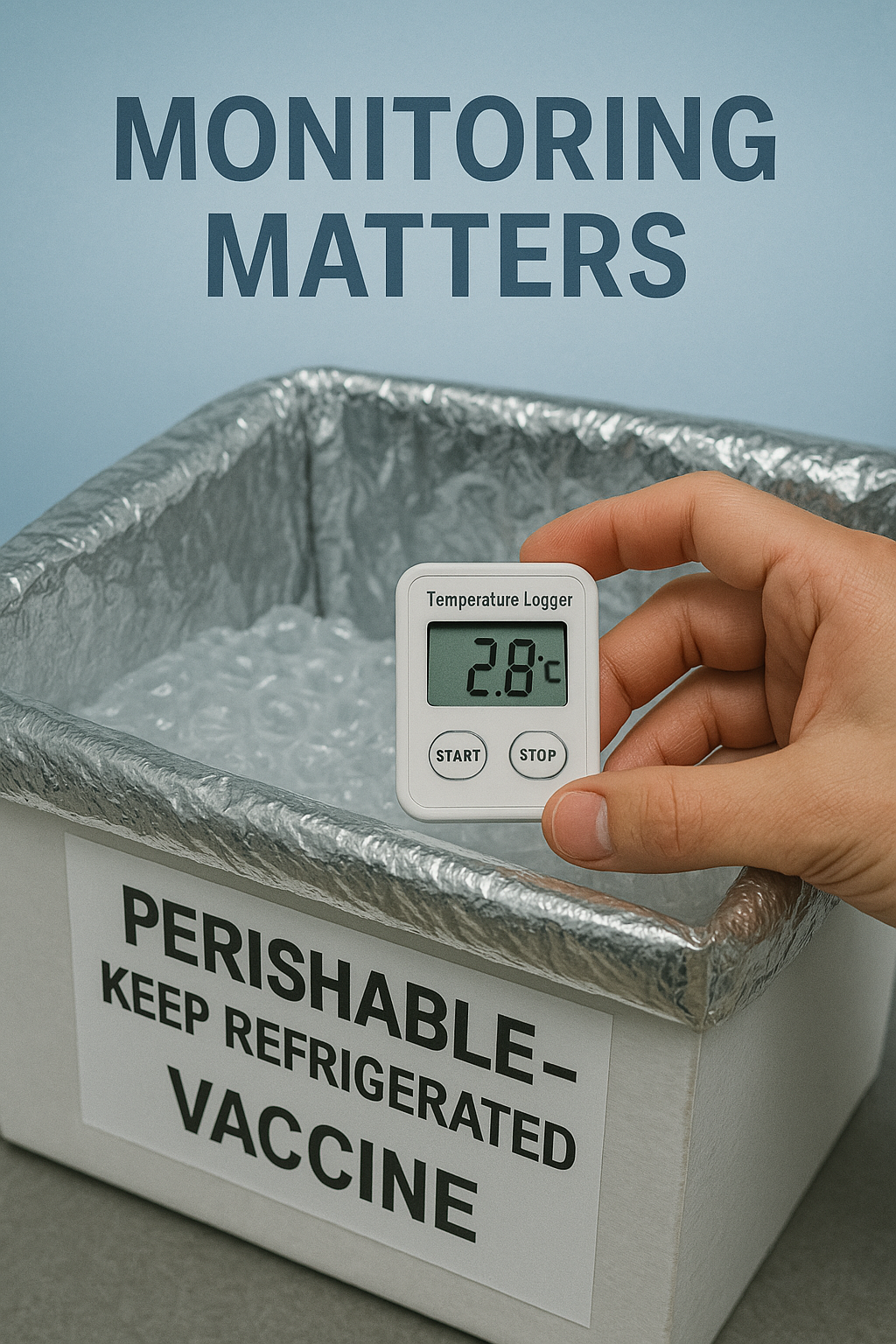5 Best Practices for Effective Cold Chain Management
In the temperature-sensitive product industry, maintaining an effective cold chain is critical for ensuring product efficacy and safety. Here are five essential strategies to optimize your cold chain management:
1. Implement Continuous Temperature Monitoring
Over 80% of temperature excursions occur during transportation. Ensure your products are monitored throughout the entire supply chain with reliable monitoring systems.
Key Monitoring Features to Look For:
- Real-time data transmission
- Multi-sensor capabilities for ambient and product temperatures
- Customizable alert thresholds
- Battery life exceeding expected transit duration
- Data logging capabilities for compliance documentation
2. Validate Packaging Solutions
Quality thermal packaging that has been properly validated is essential for maintaining product integrity during transit.
"The bitterness of poor quality remains long after the sweetness of low price is forgotten." - Benjamin Franklin
Packaging validation should include:
- Temperature Mapping
- Identifying hot and cold spots within the package
- Seasonal Testing
- Performance evaluation in various climate conditions
- Duration Testing
- Confirming thermal retention meets transit time requirements
- Shock/Vibration Testing
- Ensuring physical protection during handling
- Accelerated Aging
- Validating shelf-life of packaging materials
3. Train Personnel Properly
Staff handling temperature-sensitive products must understand cold chain principles and proper handling procedures.
Our comprehensive training modules cover everything from basic temperature requirements to proper handling protocols and emergency response procedures. All staff members working with temperature-sensitive products receive regular training and certification to ensure consistent application of cold chain best practices.
4. Establish Clear SOPs and Contingency Plans
Documented standard operating procedures and contingency plans are essential for regulatory compliance and consistent operations.
SOP Framework Components:
| Component | Importance | Key Elements |
|---|---|---|
| Storage Requirements | Critical | Temperature ranges, humidity levels, light exposure limits |
| Handling Procedures | High | PPE requirements, maximum exposure time, transfer protocols |
| Quality Assurance | Critical | Inspection points, acceptance criteria, testing methods |
| Documentation | High | Required records, retention periods, review frequency |
| Emergency Response | Critical | Excursion actions, backup systems, notification procedures |
5. Perform Regular System Audits
Regular evaluation of your cold chain system identifies weak points before they result in product loss.
 Thermal mapping of a warehouse storage area using multiple data loggers
Thermal mapping of a warehouse storage area using multiple data loggers
Audit Checklist:
- Equipment calibration verification
- Temperature mapping of storage areas
- Review of temperature excursion reports
- Training records assessment
- Packaging performance evaluation
- Supplier qualification status
- Transport provider compliance
Implementing these cold chain management strategies will significantly reduce the risk of temperature excursions and ensure your temperature-sensitive products maintain their quality and efficacy throughout the supply chain.
Need help optimizing your cold chain? Contact PS Cold Chain for a comprehensive assessment of your temperature-controlled logistics!


